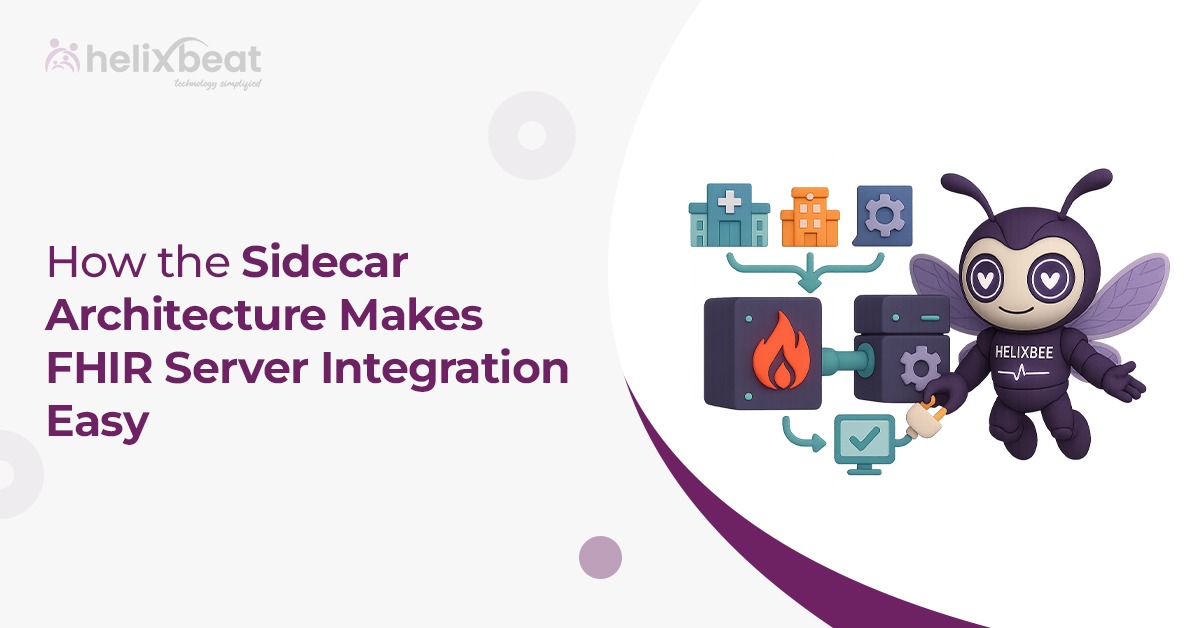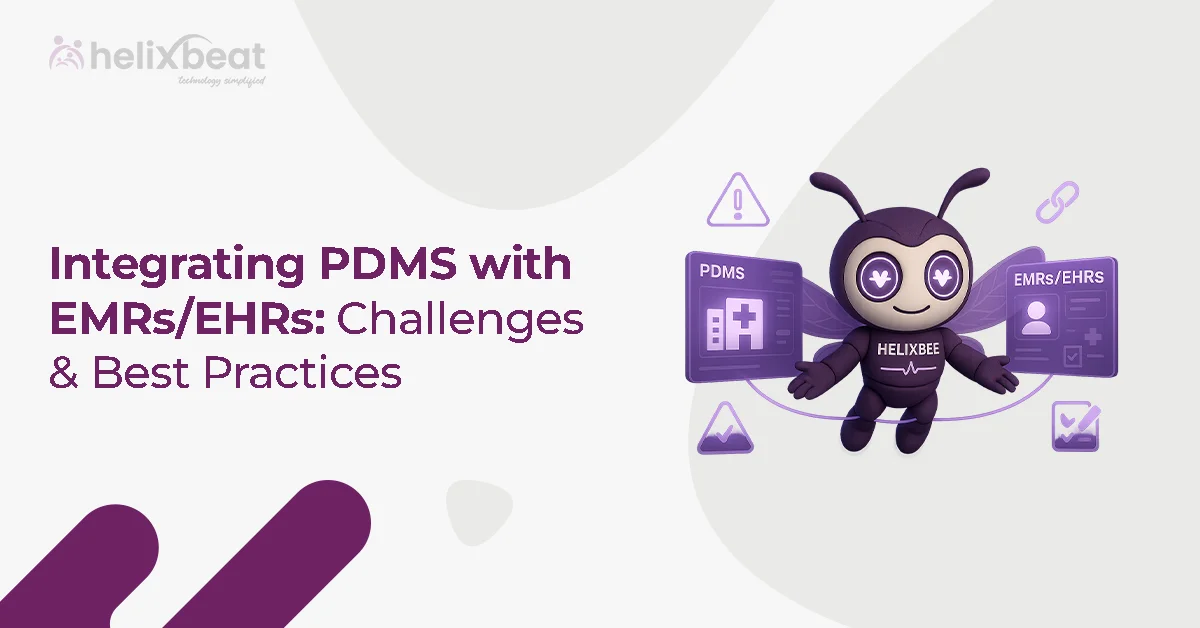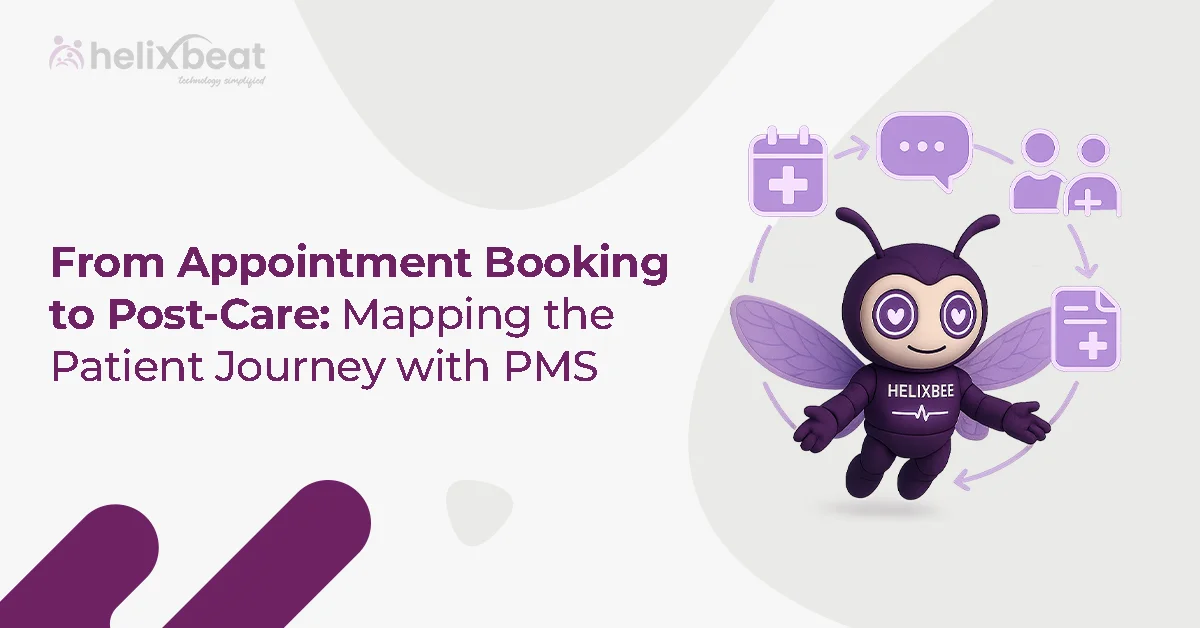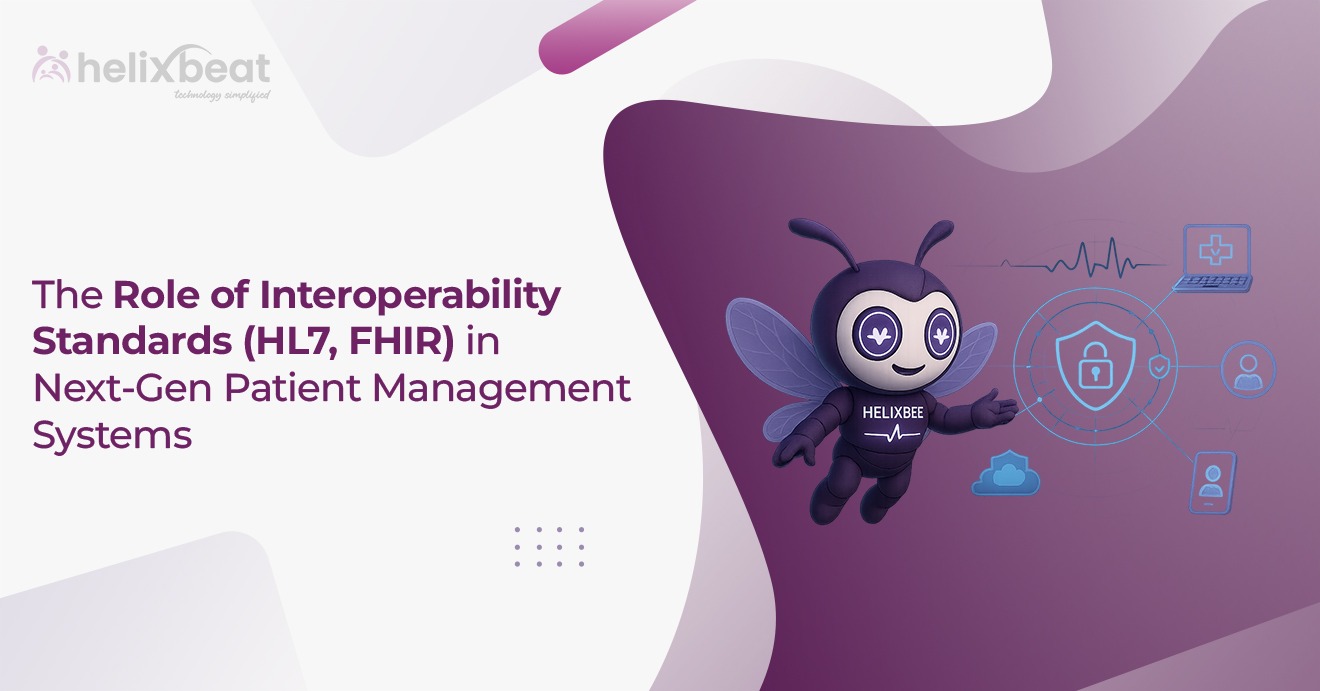When dealing with healthcare data, interoperability is the key to improving patient care and operational efficiency. The Fast Healthcare Interoperability Resources (FHIR) standard has become one of the leading technologies in healthcare data exchange. However, implementing a FHIR server can sometimes be challenging due to legacy systems, integration complexities, and varying requirements from different stakeholders.

This is where the sidecar architecture comes into play. It acts as a bridge, making the integration of FHIR servers into existing infrastructures seamless. By introducing a sidecar component alongside the main application, organizations can leverage the FHIR standard without overhauling their entire system. But how exactly does sidecar architecture make FHIR server integration easier? Let’s explore.
Table of Contents
What Is Sidecar Architecture?
In software development, sidecar architecture refers to a design pattern where a secondary service (the sidecar) runs alongside a primary application. Instead of embedding the service directly into the main application, it runs as an independent but closely linked entity. The sidecar handles auxiliary tasks, such as logging, monitoring, or data transformation, without disrupting the primary service’s flow.
The primary idea is to offload specific, repetitive, or complex tasks to the sidecar, keeping the main application simpler and more focused on its core functionality. In the context of FHIR server integration, this means that the sidecar takes on the responsibility of managing FHIR data exchanges, leaving the main application to perform its usual duties.
Why Is FHIR Server Integration Challenging?
Integrating FHIR servers into existing healthcare IT systems can be a complex process for several reasons:
1. Legacy Systems
Healthcare organizations often work with legacy systems that were built long before FHIR came into existence. These systems utilize outdated protocols or data formats, making it challenging to integrate FHIR without upgrades.
2. Data Transformation
FHIR data formats are standardized, but data originating from various sources (such as EHRs, lab systems, or pharmacy systems) might need to be transformed into FHIR-compliant structures. This transformation is time-consuming and error-prone when done manually.
3. Security & Compliance
FHIR servers need to adhere to strict security standards (such as HIPAA in the U.S.), so that patient data is encrypted, protected, and compliant with regulations. Integration requires setting up appropriate authentication, authorization, and audit logging.
How the Sidecar Architecture Simplifies FHIR Server Integration
Now that we understand the challenges, let’s dive into how sidecar architecture can make FHIR server integration smoother. Here are some of the key benefits:
1. Isolated FHIR Server Management
The sidecar acts as a separate service that manages FHIR server interactions independently. It can handle the entire FHIR-related workload—such as transforming incoming data into FHIR-compliant formats, managing FHIR-based queries, and maintaining the integrity of the data exchange process—without modifying the main application.
By offloading FHIR-specific tasks to the sidecar, the primary application remains unaffected. This separation reduces the complexity of integrating the FHIR server into the core infrastructure and minimizes the risk of introducing issues in the main system.
2. Improved Compatibility with Legacy Systems
A big advantage of using sidecar architecture for FHIR server integration is how easily it connects with older systems without needing major updates. Many legacy systems are inflexible and not designed for easy upgrades. However, the sidecar works around this by operating separately from the main application. This setup enables the older systems to stay as they are while still being able to communicate with the new FHIR server.
For example, if a healthcare organization is using a legacy Electronic Health Record (EHR) system that doesn’t natively support FHIR, the sidecar can act as an intermediary. It can transform the data into FHIR-compatible formats and then forward it to the FHIR server. This way, organizations can keep their legacy systems intact while still benefiting from FHIR’s interoperability advantages.
3. Data Transformation and Mapping
As mentioned earlier, FHIR requires data to follow strict formatting rules. That’s where the sidecar comes in. It acts as a helpful tool for transforming data, pulling information from various sources like traditional databases, and converting it into the FHIR format that the server understands. This way, there’s less need for custom coding in the main application, and data is transformed consistently across the board.
What’s even better is that the sidecar can handle different versions of FHIR. As FHIR updates are released, the sidecar can be upgraded independently, allowing your core system to remain stable while still leveraging the latest advancements in healthcare interoperability.
4. Scalability and Flexibility
Sidecar architecture lends itself well to scaling, as the sidecar can be deployed, updated, or scaled independently of the main application. If the healthcare system needs to process more FHIR data due to an increase in patient records or a new requirement, the sidecar can be scaled horizontally without affecting the primary service’s performance.
Additionally, sidecar architecture allows for the flexibility to adopt new FHIR versions or even multiple FHIR standards (such as FHIR DSTU2, STU3, or R4) without forcing the main application to accommodate these changes. This makes it easier to evolve the system over time, whether adopting new FHIR features or supporting new integrations.
5. Simplified API Management
The sidecar acts as a helpful middleman between the main application and the FHIR server. The sidecar takes care of important tasks like limiting the number of requests, logging activity, and managing errors, which means the primary application can focus on its core functionality without dealing with API details.
For example, when the FHIR server faces a high volume of requests, the sidecar can queue them, retry failed requests, or spread the load across multiple resources. This helps the main system run smoothly, even when there’s a lot of traffic, by acting as a buffer and efficiently managing the flow of data.
6. Easier Testing and Debugging
Testing FHIR server integration can be tricky, especially when dealing with multiple systems and the need to check for FHIR compliance. The sidecar architecture simplifies this by isolating the FHIR server interactions. Developers can test the sidecar separately from the main application, making sure all FHIR interactions are working smoothly before they’re brought into the full system.
Because the sidecar works independently, it can also track and log all FHIR-related activities in detail. This makes it much easier to identify and fix any issues with data exchange, transformation, or compliance. As a result, troubleshooting becomes faster and less disruptive, helping keep the system running smoothly and efficiently.
7. Cost-Effective Solution
In healthcare IT, cost considerations are always a factor. With sidecar architecture, organizations don’t need to undertake costly and time-consuming overhauls of their existing systems. Instead, they can deploy a FHIR server alongside the main application without significant infrastructure changes. The sidecar can be implemented incrementally, offering a more affordable way to introduce FHIR capabilities without disrupting operations or requiring major upgrades.
FUSION: Supercharge Your Healthcare Solutions with FHIR APIs
Built with RESTful APIs, FUSION is a FHIR server created to deliver easier, faster, and more accurate data exchange.
FUSION stores patient data in FHIR format, which is the global standard for healthcare data. This enables different apps, hospitals, and systems to communicate with each other and share critical health information in real-time.
What sets FUSION apart is that it also stores medical coding systems like SNOMED CT, LOINC, and ICD. This keeps all data consistent, accurate, and ready for clinical use, reporting, and analytics.
Key features of FUSION include
- FHIR-native architecture
- Plug-and-play APIs for rapid deployment
- Real-time data sharing across multiple endpoints
- Strong security controls that meet compliance standards
- Support for both structured and unstructured data
By using sidecar architecture with FUSION, healthcare systems can modernize their infrastructure and improve interoperability without disrupting their existing operations.
Final Thoughts
By using a sidecar, healthcare organizations can integrate FHIR servers like FUSION seamlessly, leveraging the benefits of interoperability while maintaining the integrity and stability of their existing systems. From legacy system compatibility to security and data transformation, the sidecar architecture simplifies many of the challenges typically associated with FHIR server implementation.
Ready to supercharge your healthcare data exchange? Leverage FUSION today to streamline your FHIR server integration and boost interoperability. Contact us to learn how FUSION can fit seamlessly into your system!
FAQs
1. How does sidecar architecture help in FHIR server integration?
Sidecar architecture isolates FHIR-related tasks from the main application, simplifying the integration of FHIR servers like FUSION. It manages data transformation, communication, security, and real-time data sharing without disrupting the core system.
2. Can FUSION integrate with legacy healthcare systems?
Yes, FUSION can integrate with legacy healthcare systems using sidecar architecture. The sidecar manages the transformation of legacy data into FHIR-compliant formats, allowing smooth communication with modern systems without replacing the older systems.
3. What security features does FUSION provide?
With robust security controls such as OAuth2 authentication, data encryption, and audit logging, FUSION supports compliance with regulations like HIPAA. The sidecar further enhances security by managing secure data exchanges independently.
4. How does FUSION support medical coding systems?
By supporting medical coding systems like SNOMED CT, LOINC, and ICD, FUSION provides consistently formatted healthcare data for clinical use, reporting, and analytics. The sidecar architecture helps manage and transform these codes efficiently.














